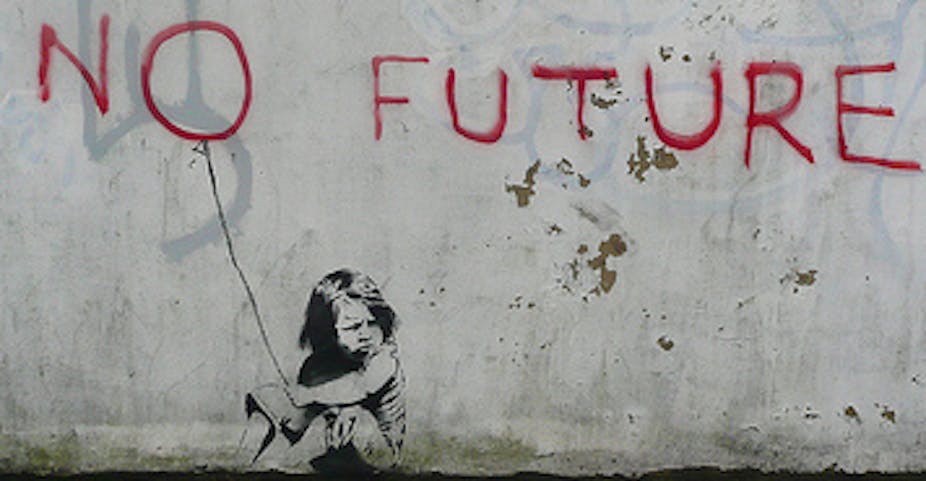Speak to any teacher who has worked in a school with a high level of social disadvantage and you’ll find plenty of concern about the links between educational failure and long-term social exclusion.
Teachers are acutely aware that the child whose family can’t afford text books, uniforms or excursions is placed at risk of educational failure. And they know that, all too often, the combination of social disadvantage and educational failure leads to a lifetime of poverty and marginalisation.
Given this, many teachers want to intervene on behalf of a child experiencing disadvantage. At the same time, teachers are confronted by the limitations of their professional remit. After all, they are teachers, not social workers.
What then, can we offer teachers who want to see their students thrive at school, despite the fact that they come from a home where no one has ever worked, drug use is a reality, or violence occurs?
As a researcher into literacy and social disadvantage, I’ve seen the transformative effects of early intervention by teachers, social workers and community groups who’ve come together on behalf of disadvantaged students. It’s they, I think, who can show the rest of us the way forward.
Let me describe the many successes of a program run by Youth Off the Streets (YOTS), a community group founded by Father Chris Riley.
YOTS operates the EDEN Learning Centre. In 2008, Karelynne Randall, one of EDEN’s teachers, developed an innovative literacy program.
Initially, the program worked with adolescents from south-western Sydney, many of whom had abandoned school. As a first step, these students read Holes, a book on the NSW high school syllabus that deals in part with lizards. Holes was the first book some had ever read. This itself is no minor achievement, but the Lizard Program – as it’s become known - had bigger ambitions.
Working in conjunction with KU Children’s Services, Randall got her students working with children at the Macquarie Fields Preschool. They interviewed four and five year olds, speaking to them about lizards and undertaking audio and video recordings of their answers.
Randall’s students then wrote, edited and illustrated their own books about lizards for the preschoolers they’d interviewed, using the thoughts and words of the preschoolers they’d interviewed.
In just three months, teenagers who had largely dropped out of school were re-engaged not just in learning, but in sharing their learning. For some, programs like this can serve as a pathway back to school and all the positives that go with it.
Cost is usually cited as the main barrier to establishing more initiatives that take the collaborative, multi-disciplinary approach of the Lizard Program.
Yet there is abundant evidence that the most economically efficient point to intervene in the lifecycle of disadvantage is childhood.
Of course, getting intervention right is a complex process. It takes time, intelligence and care to bring the right people from the right places together.
Sometimes the sort of early intervention programs that will enable socially disadvantaged children to find their way back to school will require participation from medical professionals, or from those in the justice system, as well as social workers and teachers. Whoever is in the mix, there can be no doubt that the payoff for enabling children to reconnect with school is huge.
A child’s educational start is a good predictor of their future. We don’t necessarily need to invest more to secure these futures, but we do need to invest more wisely.

